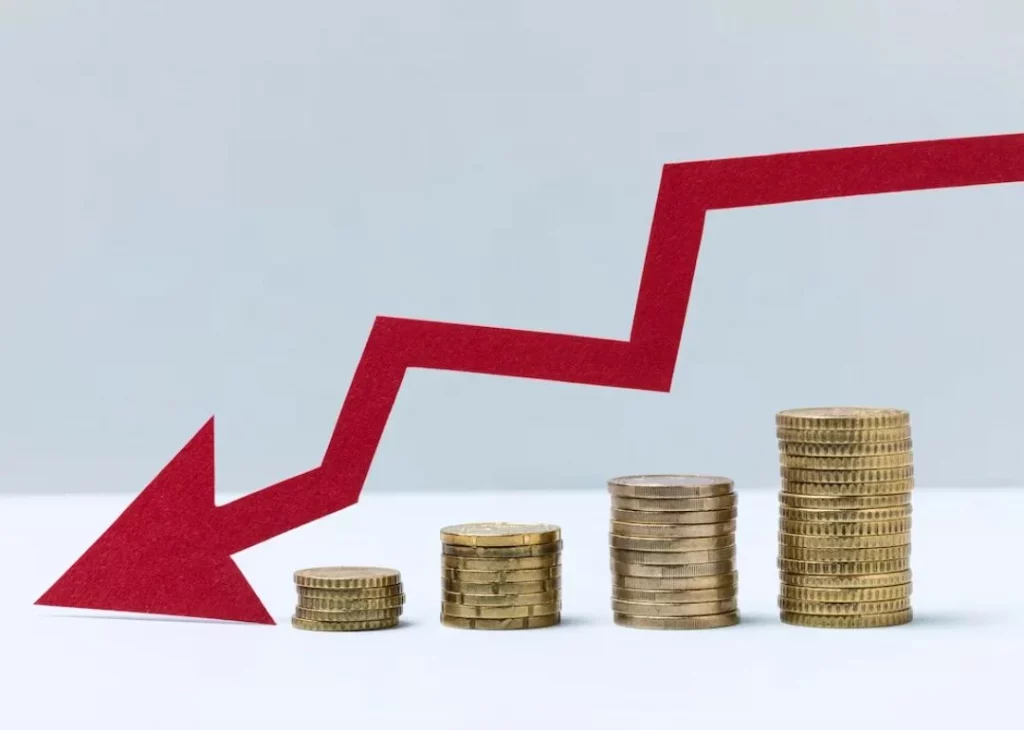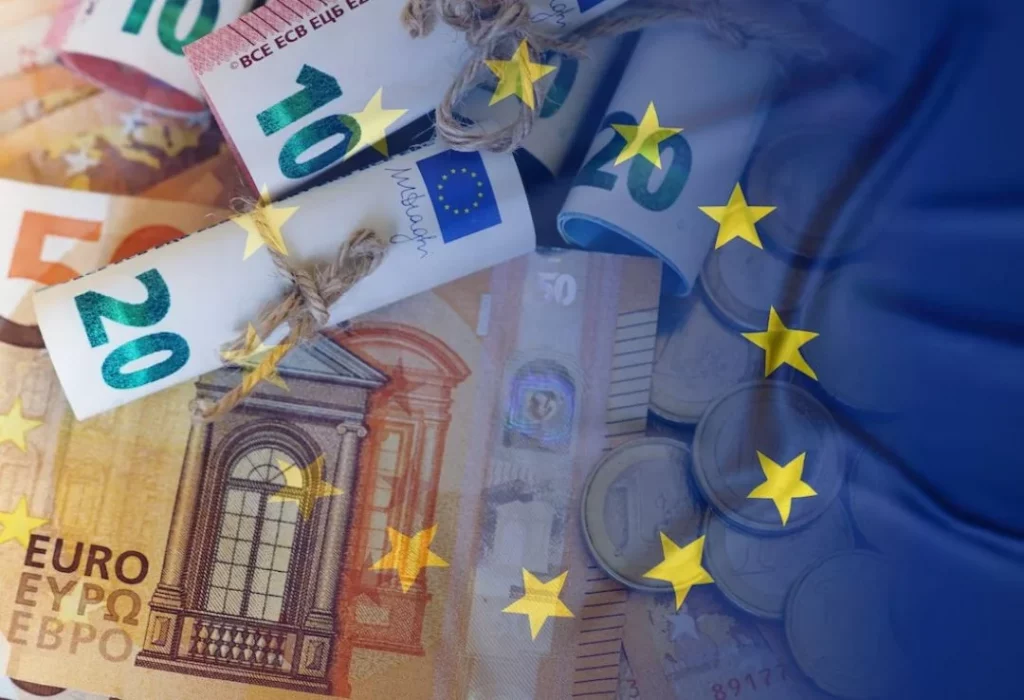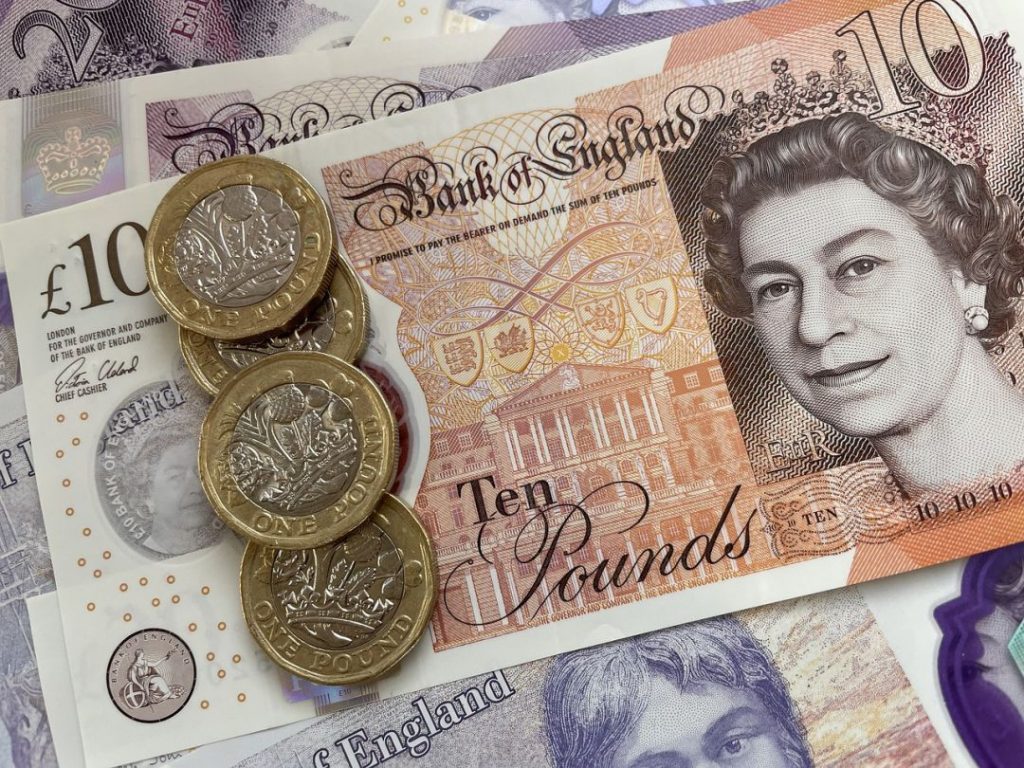British Pound Challenges and Uncertainties: UK Interest Rates and Future Outlook
In yesterday’s trading session, the British pound (GBP) faced challenges in maintaining its momentum despite a weaker-than-expected US inflation report. Initially, the pound reached a five-month high against both the US dollar and the euro but retraced most of its gains later. The uncertainty surrounding the future path of UK interest rates has limited the pound’s upside potential. While a 25 basis point hike to 4.5% in the Bank Rate at today’s meeting is widely expected, the next steps of the Bank of England (BoE) remain uncertain. Forecasts for the terminal rate of UK interest rates range from 4.5% to 5%, leading to a focus on the BoE’s forward guidance in today’s decision. However, explicit signals are not expected, and any changes to the rate statement are likely to have a dovish tone, triggering a significant market response. The BoE is anticipated to provide more discrete information through the meeting minutes and the Monetary Policy Report (MPR), particularly in its updated economic projections. These projections will include inflation forecasts considering stronger economic growth, price momentum, moderating inflation pressures, wage growth estimates based on higher average hourly earnings, signs of cooling labor demand, and GDP forecasts reflecting robust growth data and positive supply-side developments. The BoE’s interpretation of the improved growth outlook, whether more inflationary or driven by supply-side dynamics, will be closely watched. Additionally, emphasis on headline wage growth and signs of moderating pay settlements and labor demand will provide insights into the Bank’s concerns regarding a potential wage-price spiral.
BoE’s Stance on Interest Rates: Reluctance to Raise, Market Attention on Data

Overall, it is expected that the BoE’s materials will signal a reluctance to raise rates in the near future, raising the threshold for economic data to prompt further tightening. However, this may not be perceived as dovish by the markets, given the Bank’s history of being forced to tighten policy in response to incoming data.
Unless there are explicit signals from Governor Bailey or the removal of the Bank’s tightening bias in the rate statement, today’s decision may not have a bearish impact on sterling. Instead, market attention will turn to upcoming economic data releases at the end of the month, which could lead to a revision of the current implied terminal rate of 4.83% towards an estimate of 4.5%.
Focus on ECB Speakers as Expectations for Rate Hikes Fade

In the eurozone, there are no significant market-moving releases on the data calendar. Therefore, attention will once again focus on ECB speakers, who have been attempting to push back on market expectations. Last week’s interest rate decision, which raised rates by 25 basis points, led to a perception that the ECB is nearing the end of its tightening cycle, resulting in a reduction in expectations for the ECB terminal rate.
ECB speakers, including Klaas Knot and Martins Kazaks, have delivered hawkish comments, suggesting that eurozone rates could go as high as 5% or more and cautioning against assumptions that ECB hiking will stop in July. However, the impact of these comments on the euro has been limited, as market expectations for ECB hiking have remained resistant to repricing in the absence of confirming data.
Today’s remarks from ECB speakers, including Schnabel, de Guindos, and de Cos, are unlikely to have a significant impact on the euro, as events outside the eurozone continue to drive EUR/USD price action. Currently, EUR/USD has fallen by approximately half a percent. The GBP/EUR cross will also be closely monitored, with the Bank of England’s decision scheduled for 12:00 BST likely to influence the exchange rate.
The US dollar experienced a broad sell-off yesterday as fixed income traders adjusted their expectations and priced in more rate cuts from the Federal Reserve this year.


